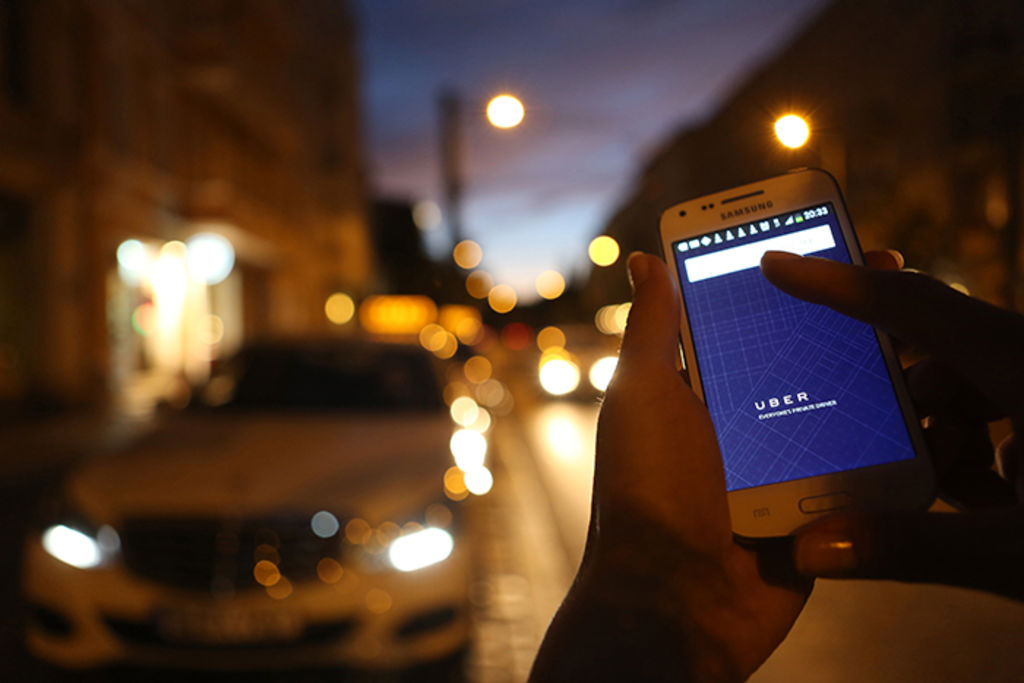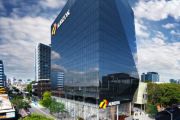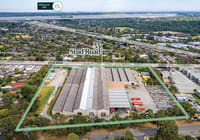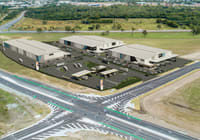
Uber Eats set to change city leasing landscape, says company chief
Uber’s newly launched food delivery platform could have an impact on the city leasing landscape, according to the company’s Australian chief.
The Uber Eats app, launched last month in Australia, allows consumers to order food for home delivery from big-name restaurants that were previously without a traditional take-away service.
Speaking at a Property Council of Australia event, Mr Rohrsheim, Uber general manager for Australia and New Zealand, said the platform would likely cause significant change to the way existing and new operators prioritised their physical space requirements.
“This isn’t about the kebab store down the street or the Thai takeaway you usually go to – now you can go to somewhere else,” he said.
“Restaurants don’t have to be prime real estate to capture business any more.
“(With Uber Eats) restaurants will take the next step and say ‘Hang on, maybe I don’t need a restaurant at all, maybe I just need a kitchen. I’ve got a bunch of loyal customers, they love me on Instagram, they like my fried chicken or whatever – I’ve already got a brand. I don’t need a premier location to capture foot traffic into my fried chicken store when Uber is going to take it to their door.'”
Mr Rohrsheim said existing food brands, including Domino’s Pizza, had already shown that space was becoming less important to the food and beverage sector.
“This is pretty much the Dominos model. If you look at what they do, they don’t have restaurants any more,” he said.
“This is why they’ve taken the pizza world by storm. They actually said we don’t need this big space and a restaurant with waiters, we just need to cook a good pizza and deliver it in a good condition.”
But Uber Eats may also have the effect of increasing demand for commercial kitchen space, Mr Rohrsheim said.
He cited the example of a person with an idea for an innovative new pizza. To try it out, they would need to find space, secure a lease, fit out the premises and hire a team.
“That’s probably a half a million dollar exercise, just to find out if anybody also likes your pizza,” he said.
“In the Uber Eats world, maybe just on a Tuesday you rent a space in a commercial kitchen to make your pizzas to see if anybody buys them.
“You might have developed a following through some blog or just your mates or whatever, so you can take care of marketing without having to spend half a million dollars setting up a store. It’ll give more people a chance to try it.”
Mr Rohrsheim also said the Uber ride-sharing platform was likely to reduce the need for car parking space in the city, envisioning that the space now dedicated to multi-storey parking facilities would eventually be reclaimed for other purposes.
“Maybe we can do something else with them,” he said.










